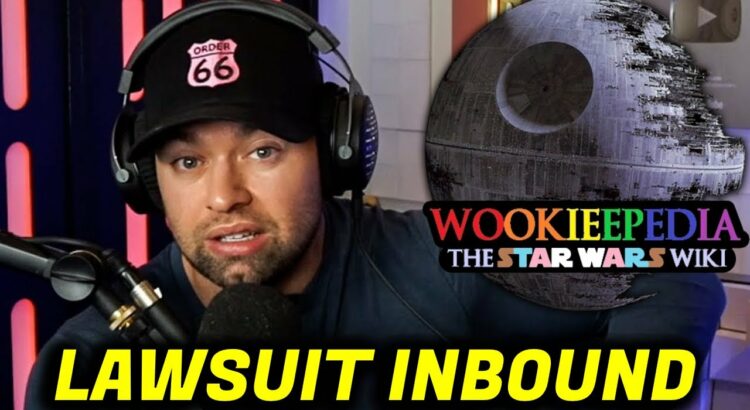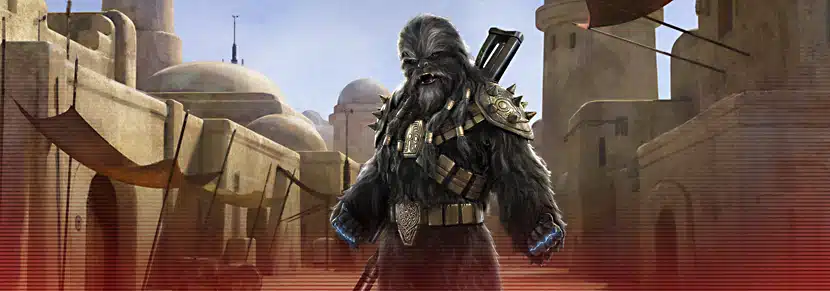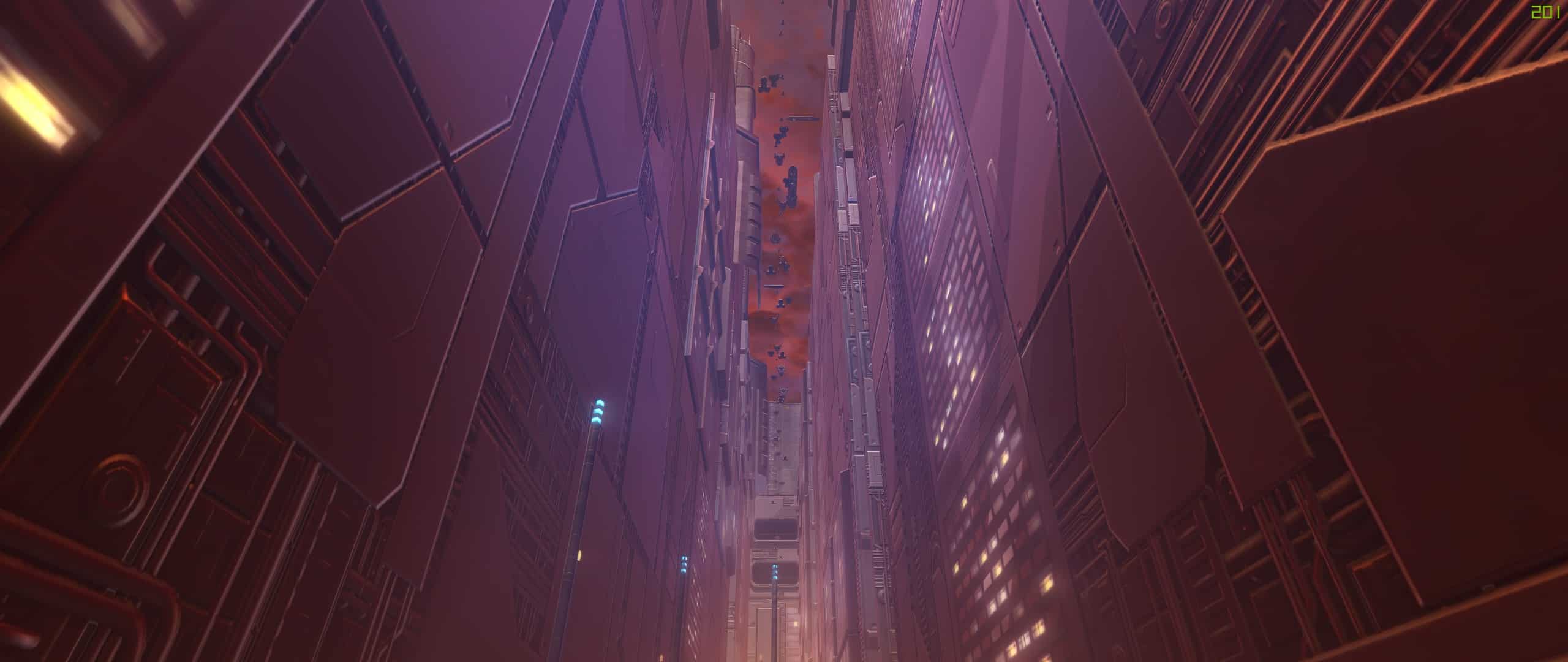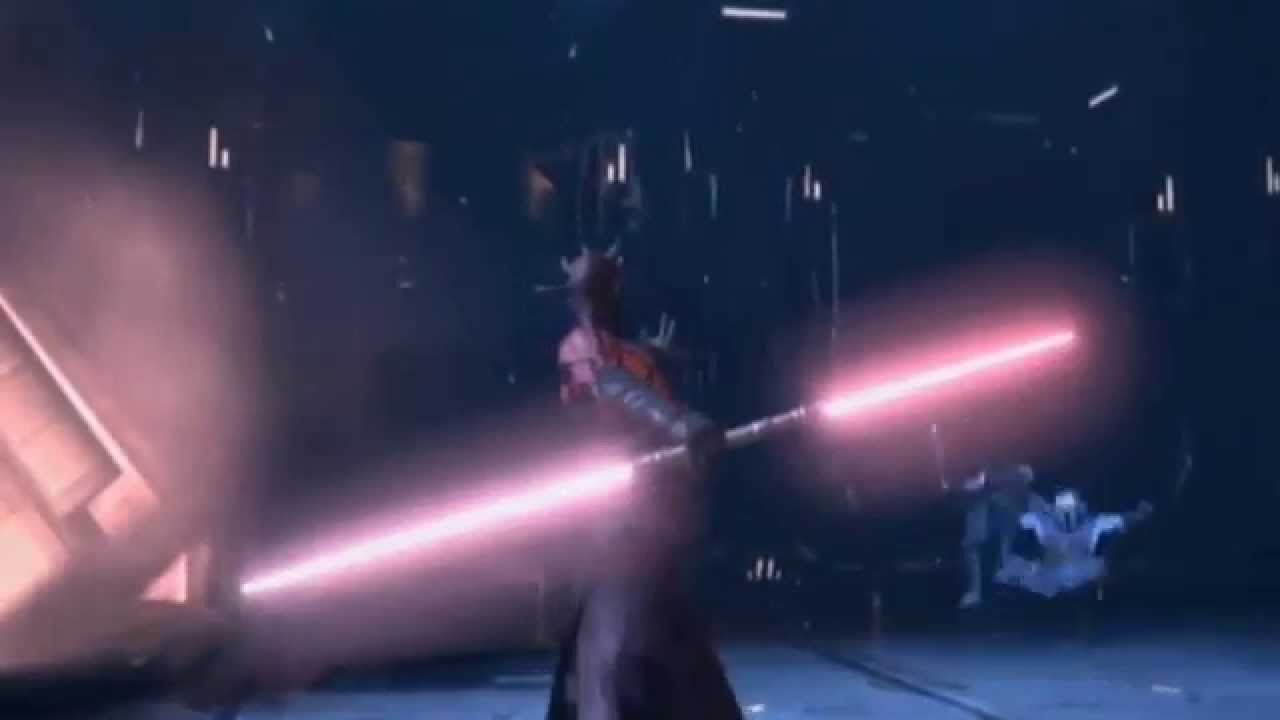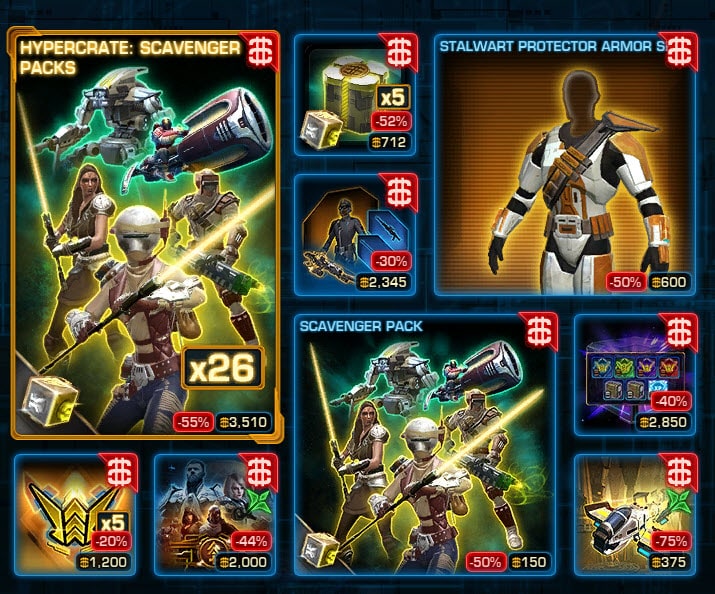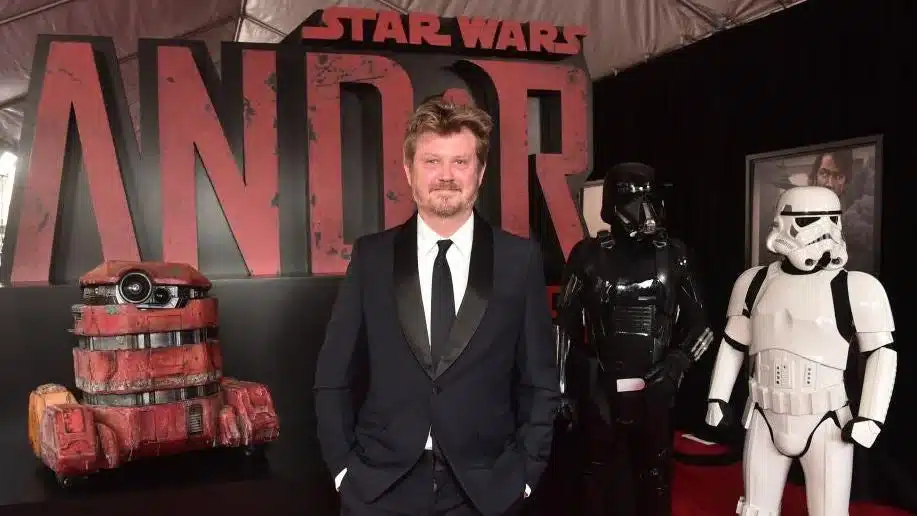The Star Wars community is no stranger to passionate debates, but recent events surrounding a cameo in “The Acolyte” series have escalated into alarming territory. The controversy began with the appearance of Ki-Adi-Mundi, a character whose timeline consistency was questioned by fans. The debate intensified when changes were made to the character’s article on Wookieepedia, leading to a flurry of reactions and a series of troubling developments.
The Timeline Controversy
Ki-Adi-Mundi’s cameo in “The Acolyte” sparked immediate debate among Star Wars fans. Questions arose about the timeline consistency of the character’s appearance, given his established history in the broader Star Wars canon. Wookieepedia, the comprehensive Star Wars wiki, updated Mundi’s article to align with the events depicted in the show. This move, however, was met with severe backlash from fans who felt the update contradicted established lore.
Wookieepedia Under Fire
The controversy took a dark turn when administrators of Wookieepedia began receiving death threats for their decision to update Ki-Adi-Mundi’s article. The Star Wars community’s reaction highlighted the intense passion fans hold for canon consistency, but the escalation to threats of violence was both shocking and disheartening.
The Role of Star Wars Theory
Amidst the controversy, popular YouTube channel Star Wars Theory, known for its extensive coverage of Star Wars content, became a focal point. During a watch party, the channel’s creator, Niatoos Dadbeh, and his subscribers noticed the changes made to Mundi’s page on Wookieepedia. Subscribers alerted Dadbeh in the chat, accusing Wookieepedia of making alterations based solely on the new show’s content.
In response, Wookieepedia accused Star Wars Theory of inciting its fans to threaten the site’s editors. The editors alleged that after Dadbeh encouraged his followers to “fix” the Wookieepedia page, the same followers issued death threats against them. These accusations were met with vehement denial from Dadbeh, who claimed he never directed his fans to engage in such behavior.
Legal Threats and Defamation Claims
In a dramatic turn, Dadbeh posted a video addressing the allegations and threatening legal action against Wookieepedia for defamation. He asserted that he did not incite his fanbase to send threats and expressed frustration over being blamed for their actions. Dadbeh made his position clear with the following statement:
“If you continue to lie and purport that my company is sending you death threats or hoarding my followers to send you death threats I will take legal action against you. I do not like that defamation. You are quite a big presence, you are not a little shrimp fry on Twitter with a couple of followers. If you continue I will file a lawsuit.”
Ironically, following this escalation, Dadbeh himself began receiving death threats from individuals identified as Wookieepedia supporters. This twist in the saga underscored the volatile nature of online fandoms and the unfortunate tendency for conflicts to spiral out of control.
Watch Parties and Exploitation Accusations
Another contentious aspect of this situation is the nature of Star Wars Theory’s watch parties. These events are popular among fans who may not have access to streaming services, allowing them to follow along with Dadbeh’s commentary. Critics argue that these watch parties can exploit viewers by pushing the streamer’s agendas and influencing fan opinions, sometimes to the detriment of impartial discussion.
A Troubling Reflection on Fandom Culture
The situation between Star Wars Theory and Wookieepedia has highlighted a troubling aspect of fandom culture. While both parties are likely innocent of inciting direct threats, the fervor of their supporters has led to real-world consequences. The irony of Wookieepedia supporters sending threats to Star Wars Theory, mirroring the accusations they themselves faced, illustrates the cyclical nature of such conflicts.
Star Wars Theory reposted evidence of the threats he received, sparking a discussion about the double standards in reactions to such incidents. The debate continues over how to handle passionate fan reactions and maintain a respectful community, especially in the face of disagreements about beloved franchises.
FAQ
1. What started the controversy over Ki-Adi-Mundi’s cameo in “The Acolyte”? The controversy began when Ki-Adi-Mundi appeared in “The Acolyte,” prompting fans to question the timeline consistency of his appearance. The debate intensified after Wookieepedia updated the character’s article to reflect the events of the show, leading to backlash from fans who believed the changes contradicted established Star Wars lore.
2. Why did Wookieepedia administrators receive death threats? Administrators of Wookieepedia received death threats after updating Ki-Adi-Mundi’s article to fit the timeline of “The Acolyte.” The threats were a response from fans who were upset about the changes and felt that the updates did not align with the established canon.
3. How is Star Wars Theory involved in this controversy? Star Wars Theory, a popular YouTube channel, became involved when its creator, Niatoos Dadbeh, and his subscribers noticed the changes on Wookieepedia during a watch party. Wookieepedia accused Dadbeh of inciting his followers to threaten the site’s editors, a claim which Dadbeh has vehemently denied. He has since threatened legal action against Wookieepedia for defamation.
4. What are the criticisms regarding Star Wars Theory’s watch parties? Star Wars Theory’s watch parties are popular among fans who may not have access to streaming services. Critics argue that these events can exploit viewers by pushing the streamer’s agendas and influencing fan opinions, which can lead to a lack of impartiality and potentially fuel conflicts within the fan community.
5. What steps can the Star Wars community take to address such controversies in the future? To address such controversies, the Star Wars community can promote respectful and constructive discussions, establish clear guidelines for fan interactions, and encourage platforms like Wookieepedia and popular channels to work together in maintaining canon consistency. It is essential to foster an environment where differing opinions can be shared without resorting to threats or harassment.
Conclusion
The Ki-Adi-Mundi cameo controversy has grown far beyond a simple timeline debate, exposing the darker side of fandom passion. Death threats and legal battles have marred what should have been a discussion about fictional lore. As the Star Wars community navigates this turbulent period, it is a stark reminder of the need for civility and respect in all discussions, both online and offline.


